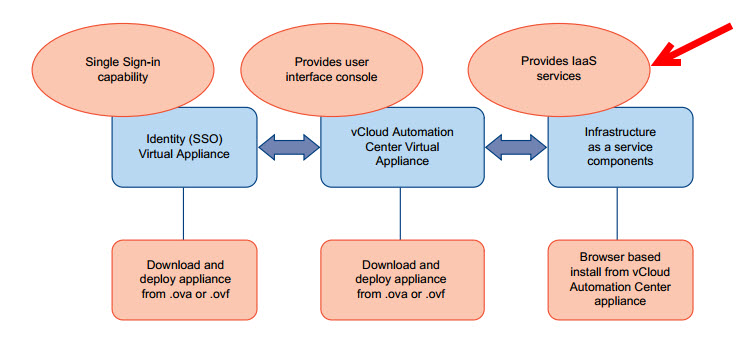Finally we came to last post of this series where an end user will request a virtual machine for himself from the services he is entitled to.
In our last post Creating Entitlements we have created an entitlement for windows server 2003 and granted access to users manish@alex.local and alexhunt@alex.local. Lets see if these 2 users can request for a new virtual machine for themselves from the self-service portal and whether or not this request is completed.
If you have missed earlier posts of this series then you can access the same by clicking on below links:
2: Installing and Configuring vRA Identity Appliance
3: Installing and Configuring vRA Appliance
4: Installing and configuring IaaS Components
7: Creating and Configuring Fabric Groups
8: Creating Business Groups and Reservation
9: Creating and Publishing Blueprints
10: Creating Service
Now we will see how an end user will request for a new virtual machine for him.… Read More

